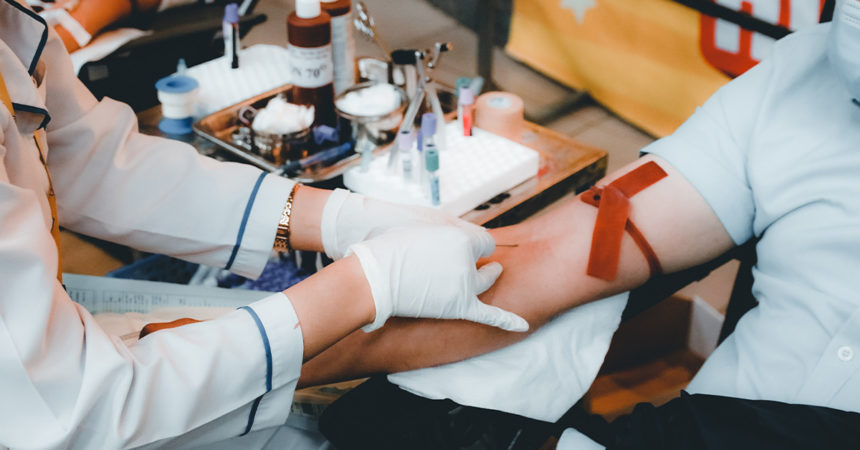National Blood Donor Month is acknowledged in January each year. President Richard M. Nixon formed the American Red Cross in 1970. January is a time to take notice that blood and platelet donations decrease throughout the previous year making it in short supply for the coming year. Millions of Americans are involved in vehicle accidents, are cancer patients, or organ recipients and rely on donated blood to help save their life. The amount of blood needed to save someone will depend on many factors, such as the extent of injuries, the area that has lost blood, and the plan of care for the victim who is injured.
The Importance of Blood Donations
More than 3.3 million individuals donate each year. Once the blood is ready, it will travel to hospitals nationwide in order to provide blood for those who need it. Statistics show that:
- Up to 100 pints of blood can be needed for a single accident victim
- 1 in every 10 hospital patients will need blood
- Every two seconds, someone in the United States will need blood
- 1 pint of blood can save up to three lives
- 7,000 units of platelets and around 36,000 units of red blood cells are required every day
- 38% of all Americans are eligible to donate blood
- 43,000 pints of blood is used daily
Donated blood isn’t just used to save lives. Blood can also be used to research blood borne diseases in labs too. Certain diseases and procedures count on the donation of blood, such as cancer treatment, anemia, organ transplants, open heart surgery, and sickle cell disease. As you can see, blood donation is an integral part of helping others and is vital in saving lives, directly and indirectly.
Digital Imaging in Pathology
Digital imaging can create a quantitative representation of a physical object through the use of optics, illumination, or cameras. The image is first transferred over to a digital format and then it is analyzed, manipulated, and printed. With recent advancements in electronic imaging technology, this is just the beginning of the emergence of digital imaging in pathology as well as hematology.
Today, digital imaging is being used in clinical research, education, cell analyzer, and laboratory pathology. Scanning microscopes are also being used to capture high resolution virtual slides that can be used in the pathology and hematology studies. Understanding the process, the importance of blood donation, and how you can donate and contribute can make it possible to save someone else.
If you would like to learn more about the use of digital imaging in these two fields, or if you would like to learn more about donating blood during the month of January, contact Vital Imaging today at 305-596-9992 for more information.

